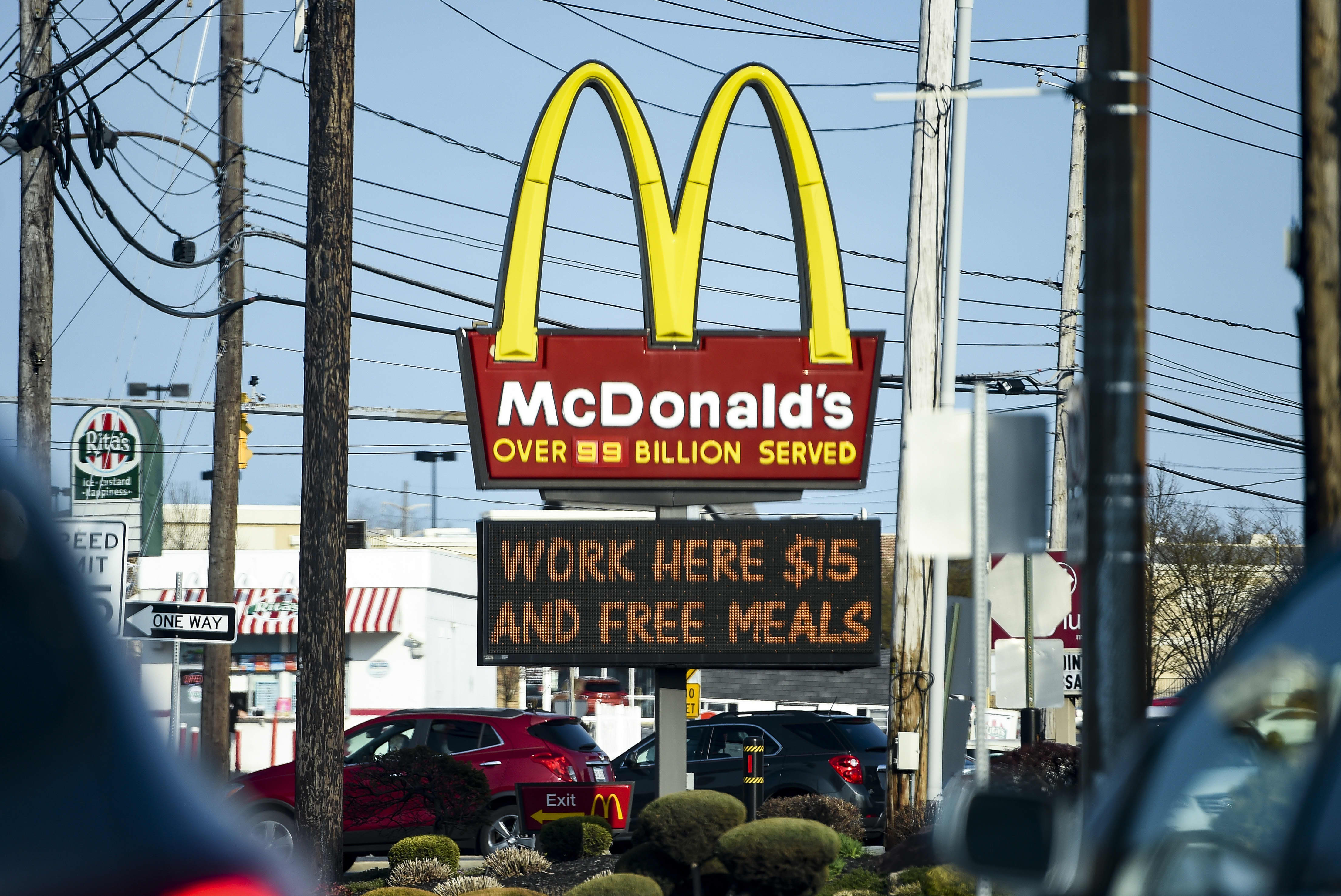Too much of a good thing, in the form of rapidly rising wages, is expected to push Federal Reserve interest rate hikes at an even faster pace.
Average hourly earnings jumped 0.7% in January and are now running at a 5.7% pace over the past 12 months, according to Labor Department data released Friday. Excepting a two-month period during the early days of the pandemic, that is by a wide margin the fastest-ever move in data going back to March 2007.
While that has come as welcome news to workers, it’s posed a further quandary for the Fed, which increasingly is being seen as falling behind in terms of policy and having to catch up to inflation that is running at its fastest pace in nearly 40 years.
“If I’m the Fed, I’m getting more nervous that it’s not just a few outliers” that are driving wage increases, Ethan Harris, Bank of America’s head of global economics research, said in a media call Monday. “If I were the Fed chair … I would have raised rates early in the fall. When we get this broad-based increase and it starts making its way to wages, you’re behind the curve and you need to start moving.”
BofA and Harris have issued the most aggressive Fed call on Wall Street for this year. The bank’s economists see seven quarter-percentage-point rate hikes in 2022, followed by four more next year.
The economy’s not just hitting the Fed’s goals, it’s blowing through the stop signsEthan HarrisHead of global economics research, Bank of America
Harris said he’s not backing off the call, even though markets are currently only giving the scenario an 18% chance of happening, according to CME data.
He cites the Fed’s new approach to monetary policy that it approved in September 2020. Under what it deemed flexible average inflation targeting, the Fed said it would be willing to allow inflation to run hotter than its 2% target in the interest of achieving full employment.
But with inflation running around 7% year-over-year and the labor market getting ever tighter, the Fed now is in the position of playing catch-up.
“The problem with the whole approach, and what’s got us calling for seven hikes, is the economy’s not just hitting the Fed’s goals, it’s blowing through the stop signs,” Harris said.
Harris points out that wages are surging across virtually all income classes.
Leisure and hospitality, the hardest-hit sector from the pandemic, has seen a 13% earnings gain over the past year. Wages in finance jobs are up 4.8%, while retail trade pay has risen 7.1%.
Goldman Sachs sees the push higher as part of the “Great Resignation,” a term used to describe the fastest pace of people leaving their jobs in data that goes back to 2001. For all of 2021, workers changed or left jobs 47.4 million times, according to the Labor Department.
“The Great Resignation consists of two quite different but connected trends: millions of workers have left the labor force, and millions more have quit their jobs for better, higher-paying opportunities,” Goldman economists Joseph Briggs and David Mericle said in a note. “These trends have pushed wage growth to a rate that increasingly raises concern about the inflation outlook.”
Goldman figures that wage growth will slow this year, but only by a little, to something around 5% through the year. The firm expects four rate increases in 2022.
“Faster growth of labor costs than is compatible with the 2% inflation goal is likely to keep the FOMC on a consecutive hiking path and raise the risk of a more aggressive response,” the economists said.
Markets have been raising the stakes slowly for the Fed, pricing in five hikes this year but leaving open the possibility for more and at a faster rate. While traders see a quarter-point move coming in March, the possibility of a more aggressive 50 basis point hike has risen to nearly 30%. A basis point is one one-hundredth of a percentage point.
“This is how out of date and behind Fed policy is,” Mohamed El-Erian, chief economic advisor at Allianz, told CNBC’s “Squawk Box” on Monday. “So hopefully they can regain the inflation narrative, hopefully they can control the wage narrative. My concern is the market is running away with rate hikes in excess of what the economy can absorb.”
BofA’s Harris said going 50 basis points would be “a reasonable thing to do” though he noted it wouldn’t be in keeping with the “humble” approach Chairman Jerome Powell espoused during his post-meeting news conference in January.
Harris said he actually doesn’t think the rate hikes will wreck the economy, so long as the Fed communicates that the moves will be methodical and aimed at controlling inflation, not halting growth. This cycle could resemble the Fed’s move in the mid-aughts when it instituted a series of 17 hikes aimed at slowing down the runaway housing market, he added.
“I actually think it’s not a radical call,” Harris said of the bank’s expectation for 11 hikes through 2023. “It’s just the path of least resistance for a central bank that’s starting at zero.”
